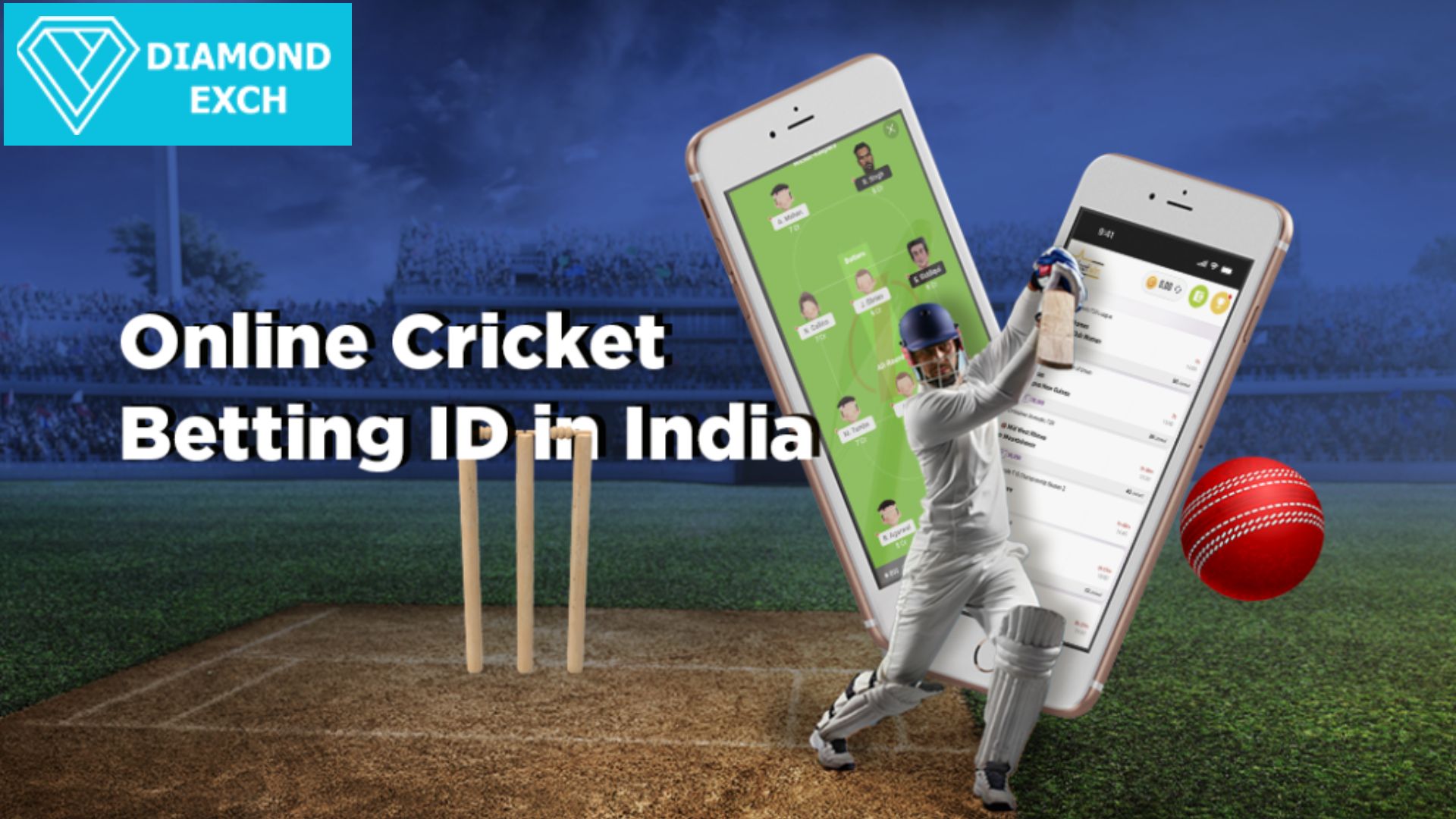
Remember playing the infamous ‘Snake’ game on our Nokia phones in the 1990s? From black-and-white mobile screen-based elementary video games like Snake to Java games like Spiderman, Tanks Pro, and so on, to more high-end graphics games like Candy Crush, Temple Run, Prince of Persia, FIFA, and so on, India’s mobile gaming industry has come a long way and evolved a lot over the years.
With the introduction of Android OS and a large selection of Android devices, the Indian mobile gaming sector has profited immensely and developed consistently. Aside from low-cost smartphone adoption, greater digital acceptance among the youth, continuous technological advancements, and the data revolution have all played a vital role in the expansion of mobile Radhe exchange ID gaming in India (super-cheap data and Internet connectivity pioneered by Jio and other telecom providers).
Before roughly five years ago, hyper casual/casual or fun games were much more popular among India’s mobile gaming fans. However, the arrival of PUBG Mobile in India (around March 2018) absolutely turned the ecosystem upside down. With its enriching gameplay experience that was supported even in lower-range or mid-range smartphones, the beloved Battle-Royale game PUBG took the love for esports (especially Multiplayer Online Battle Arena or MOBA games) in India to a whole new level, and PUBG Mobile eventually became a “smash hit” and went on to become one of the most-downloaded and most-played mobile games in India in 2018 and 2019.
Some of India’s Top Esports Games
Even when the Indian government banned PUBG in 2020 owing to data security concerns, India’s budding esports-loving mobile gaming community grew enormously, with the majority of them going on to other battle games like Radhe exchange ID Fantasy games, Garena Free Fire, Call of Duty, and so on.
The recent Covid-19 pandemic has increased the demand for and popularity of mobile games and esports.
We’ve recently seen a significant surge in the number of young people making the transition from casual and/or amateur mobile gamers to hardcore or midcore professional real-money gamers and/or game streams. A considerable shift has also occurred away from super casual games like Ludo and others and toward MOBAs, real-money games, and esports.
Prominent worldwide gaming industry players/stakeholders, including both Indian and international corporations, have already begun to spend heavily in India’s expanding mobile gaming and e-sports industries.
For example, globally successful games like Fortnite and Minecraft (which were previously popular primarily on Computers) were able to expand their audience reach and distribution by launching on mobile. Apex Legends, a popular PC game, has announced the launching of its beta mobile version in India.
Even Indian players/companies are not falling behind; Qualcomm has announced a year-long collaboration with Jio Games for their Esports Platform initiative. Whether it’s Coca-Cola, Oppo, OnePlus, or Airtel, Indian companies have discovered a new potential in e-sports and are developing unique ways to promote and utilize our country’s mobile-centric e-sports and competitive gaming ecosystem.
Last Thoughts on Esports
Esports will undoubtedly be the “next big thing” not only for India’s mobile gaming sector, but also for the entire Online Cricket id gaming ecosystem. The best part is that, with the availability and accessibility of low-cost smartphones and gaming devices/hardware, as well as e-sports live streaming on mobile devices becoming more accessible than ever before, even an aspiring gamer from a Tier III or Tier IV town in India can rise to fame and leave a legacy in the world of e-sports if he or she acquires the right set of skills and puts in long-term efforts.
To summarize, the rise of mobile gaming has democratized e-sports and will continue to do so in the near future. Mobile gaming, which already dominates the Indian gaming market, can undoubtedly play a larger role and become a huge enabler and catalyst behind the possible future of esports in India with constant developments and concentrated and coordinated efforts from all stakeholders.







